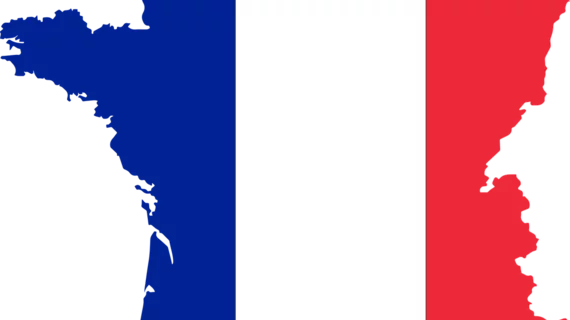Radiologist shares firsthand account of treating terror attack victims
On July 14, 2016, a terrorist drove his truck through a large crowd in Nice, France, killing 86 people and injuring more than 450. Nicolas Amoretti, MD, with the department of radiology at Centre Hospitalier Universitaire de Nice, helped treat patients in the immediate aftermath of the attack.
Amoretti wrote about his experience in a new commentary published in Radiology, using the opportunity to share issues he and his colleagues encountered while providing the best patient care possible.
“This is my report on the technical difficulties we faced and the adaptations envisaged in managing the massive inflow of patients in terms of identification and the flow of information for medical imaging data,” he wrote.
He went on to explain that the White Plan, a “specific emergency and crisis plan that was set up at the start of the 2000s,” was implemented after the attack took place. Additional beds were brought in to the hospital to accommodate the sudden rush of patients and “all medical and paramedical personnel” reported for work to lend a helping hand.
One significant issue he and his colleagues faced, Amoretti wrote, was identifying patients in overcrowded reception areas. Many patients were in critical condition, even unconscious. Each patient was then sent “directly to the CT scanner,” skipping x-rays or ultrasound examinations altogether, and priority was given to patients with the most severe injuries.
“There were 38 patients who were foreign tourists who did not speak French or who were unconscious,” Amoretti wrote. “This further complicated the identification and registration process. The massive influx of patients exceeded the immediate response capacities for administrative admission. Instead, patients were identified by writing a number on their skin, so we could match the imaging results to the physical body.”
Besides identifying and registering patients, another significant problem that came up after the attack transmitting imaging results via the hospital’s PACS. So many more CT examinations were occurring at once that it took more than 20 minutes for images to reach the PACS following each examination.
“Our information technology system capacities were exceeded by the massive influx of data and images flowing from the acquisition consoles,” Amoretti wrote. “This data overload led to a transfer failure of the images to the diagnostic consoles and hospital PACS network. As a result, the patients were cared for by medical and surgical teams that were unable to view CT images or examination reports.”
The providers persisted through all these issues. No patient identification errors occurred, and surgery was performed on 18 patients.
However, Amoretti noted, it’s still worth reflecting on this experience and learning from the mistakes of the past. Similar attack could happen at any time in the future, and hospitals must be prepared to care for a sudden rush of patients at all times.
“Our experience has demonstrated the need to improve the capacities of the information technology and cabling networks in our hospital to optimize data transfer between the imaging systems and the doctors in the surgical suites and resuscitation department,” Amoretti wrote. “A rapid information and patient identification system, without administrative admission, must also be implemented to permit more efficient identification and traceability of patients during a crisis. It is essential that all parties involved in the treatment chain are informed of these issues and can adapt in a crisis.”

